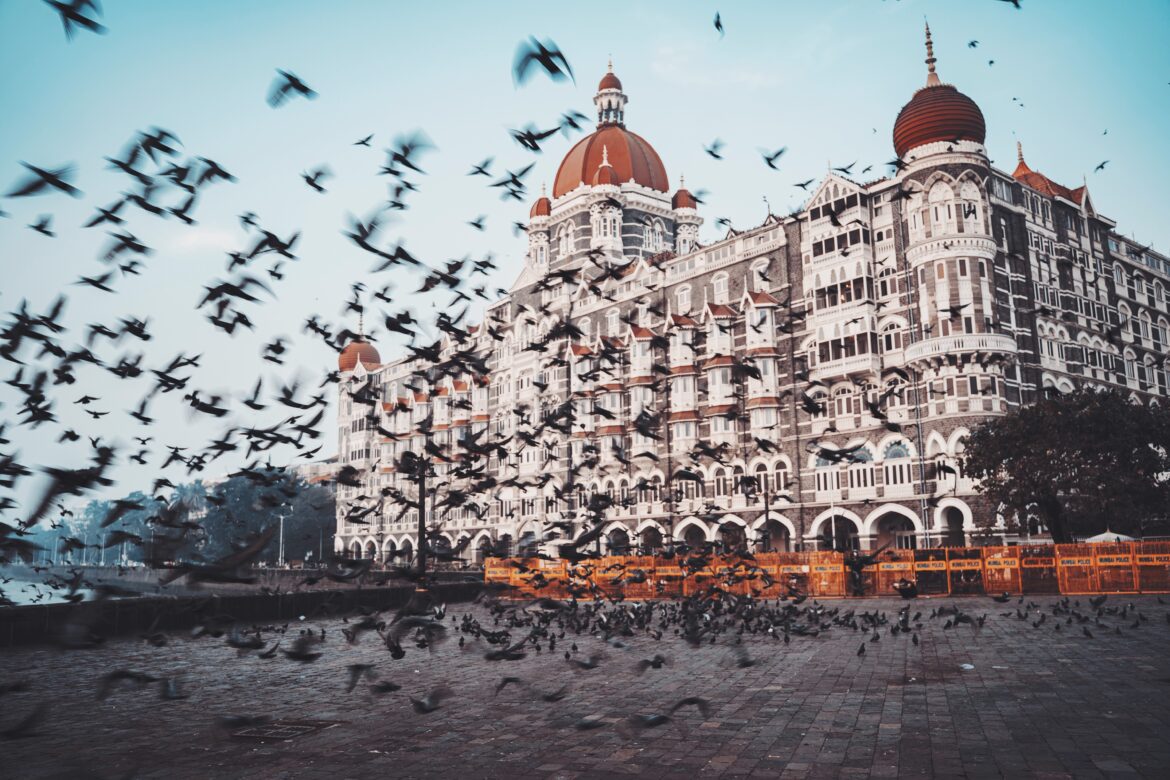Mumbai (Bombay) has served as the main entry point to the Indian Subcontinent ever since the Suez Canal opened in 1869. Aldous Huxley once referred to Mumbai as “the most appalling in either hemisphere.” Visitors typically see the time spent here as a rite of passage that should be endured rather than enjoyed. But the Maharashtrian capital can be a fascinating destination to pass the time because it is the center of Indian business, industry, and trade and the source of its most alluring media pictures. However, whether you enjoy the trip will be significantly influenced by your ability to cope with the heat, humidity, traffic fumes, and unrelenting crowd of India’s most modern, Westernized city.

Where to stay in Mumbai
When you arrive in Mumbai, finding lodging at an affordable price might take a lot of work. Finding an excellent place to stay that is also reasonably priced will be difficult, especially for budget travelers. Booking far in advance will help you avoid a tense, uncomfortable room search because the best cheap places frequently sell out days or weeks in advance. Additionally, India has exceptionally high tariffs in mid and upper-class areas. Bills are further increased by the state-imposed luxury tax (which is presently ten percent) and hotel-imposed service fees. Colaba is a convenient starting point for most foreign visitors because it is only a short ride from the railway terminals. The region around the Gateway of India is teeming with lodging options, and it also has a wider variety of dining and entertainment options than the districts around. Four- and five-star hotels may be found along posh Marine Drive (formally known as Netaji Subhash Chandra Marg), located on the western border of the downtown area. These hotels take advantage of the expansive views of Back Bay and the quick access to the city’s business district.
Food in Mumbai
From opulent rooftop lounge bars to run-of-the-mill kebab shops, Mumbai is teeming with unique places to eat. Colaba’s cafés, bars, and restaurants cover almost all options. Still, Kala Ghoda and Fort, just a short stroll or taxi ride to the north, are home to some of the best food items in the city, including the last remaining Parsi diners, whose menus (and occasionally decor as well) haven’t changed much in generations.
The city is known for its fantastic street food, especially bhel puri, a typical Mumbai masala dish made of puffed rice, deep-fried vermicelli, potato, crunchy puri pieces, chili paste, tamarind water, chopped onions, and coriander. Pao Bhaji, a spherical Portuguese-style bread roll eaten with griddle-fried, spicy vegetable stew and kanji vada, savory doughnuts drenched in fermented mustard and chili sauce, is more hygienic but no less popular. There is no other way to beat the oppressive heat than with a glass of chilled milk shaken with fresh pineapple, mango, banana, chikoo (a little brown fruit that tastes sweet like a pear), custard apple, or another tropical fruit. If something else appeals to you, you should stop at one of the city’s many juices bars.

Nightlife in Mumbai
Mumbai residents have an unusually relaxed attitude toward drinking; going to a bar for a beer (for men at least) is very much acceptable, even at lunch. The Colaba Causeway is the center of the social scene for tourists and local students, but to experience the city’s cutting-edge nightlife, you must travel to the suburbs. Here, the hippest spots have benefited from the strict licensing regulations by serving gourmet food to go along with their selection of imported beers, wines, and cocktails.
Mumbai continues to have India’s most intense club scene despite a 1.30 am curfew. For both boys and girls, spray-on mini-dresses and kitten heels are required attire. Tiny, skin-tight ensembles highlighting razor-sharp abs and pumped-up pecs are the norm for the boys. On weekends, dancefloors can be crammed with people in a way that rivals a suburban commuter train, and cover costs can be extremely high. In addition to having rigorous door regulations and dress codes, most clubs also have a “couples-only” policy in theory. You shouldn’t encounter any issues if you appear non-sleazy and are in a diverse group.

Best time to visit Mumbai
Mumbai is a coastal city; thus, its average annual temperature is around 30°C. The best months for outdoor activities are from October to March, when the humidity is at its lowest. Avoid traveling to the city between June and September, when monsoon rains frequently create floods in low-lying areas and interruptions to public transportation, and between April and May, when it is boiling and humid.
Shopping in Mumbai
Mumbai is a terrific shopping destination, and the costs are reasonable compared to other Indian cities. The best deals may be found on locally made textiles, apparel surplus for export, and handicrafts from remote regions of the nation. Rates are set in larger stores, and credit cards are frequently accepted there; elsewhere, especially when dealing with street vendors, it pays to barter. The primary bazaars of Uptown are more suitable for casual browsing than serious shopping.

